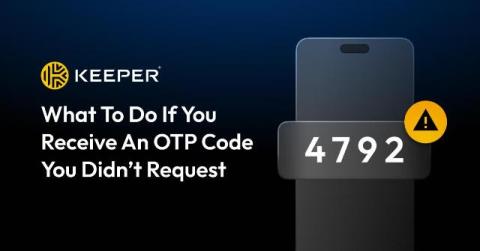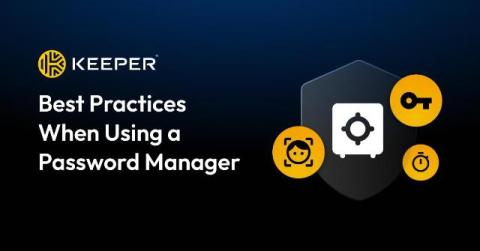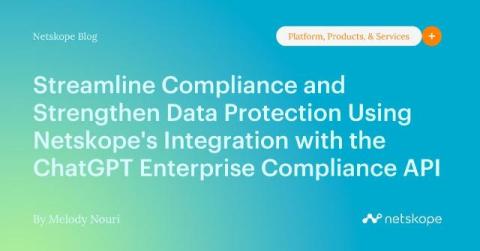What To Do if You Receive an OTP Code You Didn't Request
Receiving a One-Time Password (OTP) code that you didn’t request over text or email could be a sign that someone is trying to log in to one of your online accounts to gain access to your private information. An OTP code is a numeric code used as an additional form of verification to authenticate users before they can log in to their accounts. As the name suggests, this code can only be used once.











